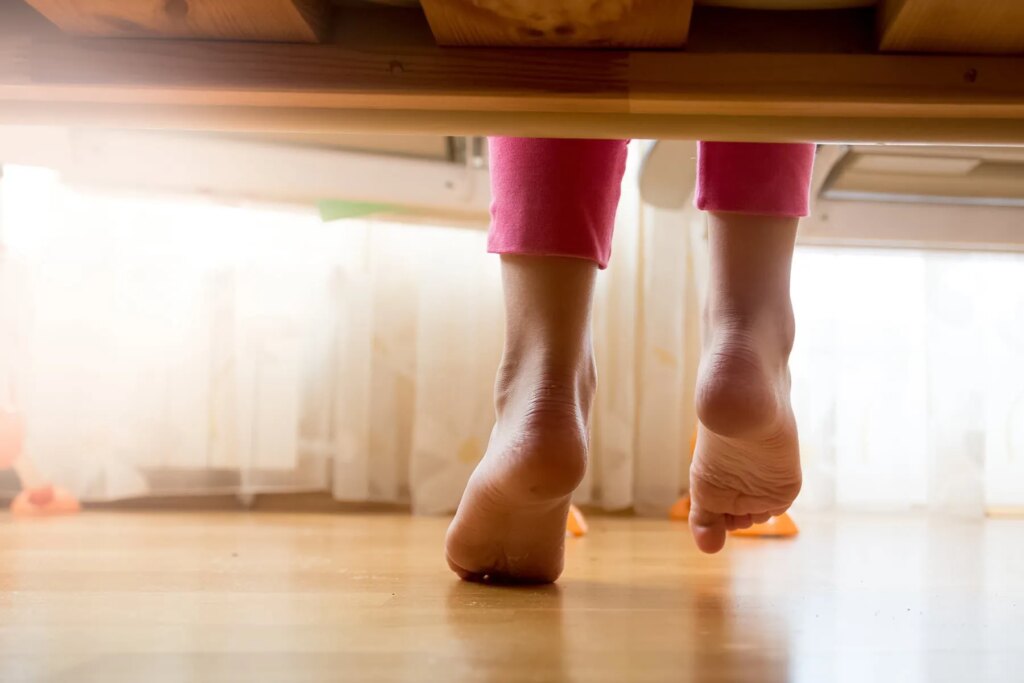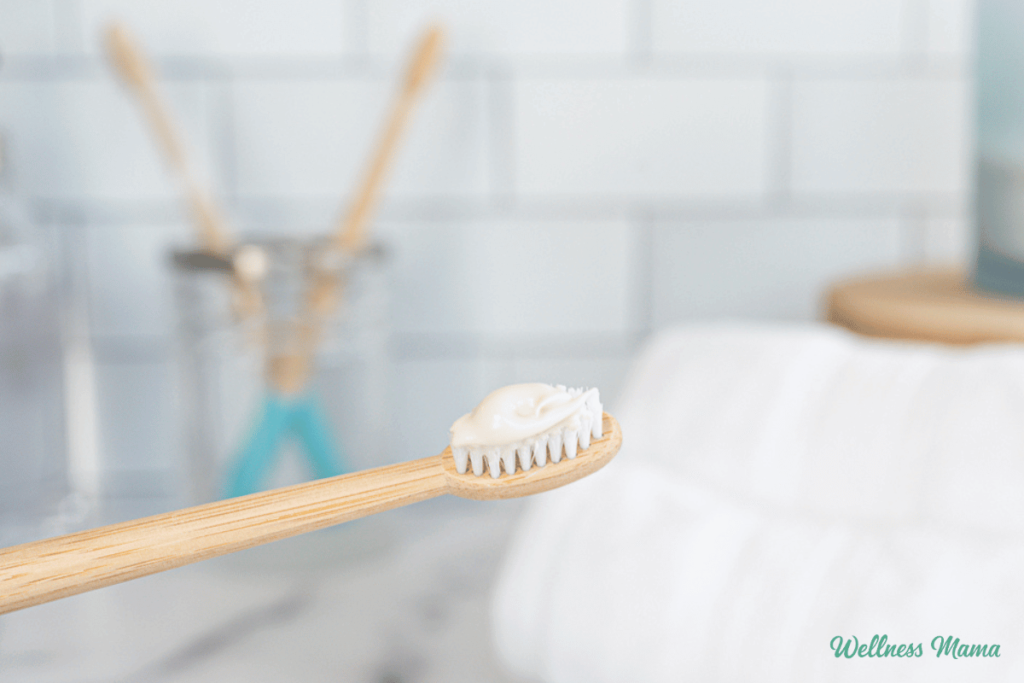By Katie M. Golden, as told to Kara Mayer Robinson
As someone living with chronic migraine, every day is different. There’s no cure for this genetic neurologic disease, but there are things I do to manage my day-to-day life.
I’m 40 years old and I live in Santa Monica, CA. I’m a professional writer and an advocate for people with chronic pain conditions. I find strength to get through my days with this personal mantra: Never let your pain go to waste.
Let me explain.
I had my first migraine attack when I was 5 years old. Throughout grade school, college, and into my professional life, I continued to have migraine attacks. During some of these periods, I definitely met the criteria for having chronic migraine disease. But I didn’t realize it until later.
Eleven years ago, I had a migraine attack that I couldn’t shake. I missed 2 straight months of work and was completely bedridden.
After 3 months, my headache specialist told me I had chronic migraine. Because I was continuously having attacks with no breaks in between, I learned it was called chronic intractable migraine, or status migraine.
In the past 11 years, I’ve had very few pain-free days. I’m never without some level of head pain and associated symptoms.
How It Feels to Have Chronic Migraine
Light and sound sensitivity, nausea, and vomiting are what most people think of when they hear the word migraine. I wish that was all I had to deal with.
I experience:
- Cognitive impairment
- Loss of words
- Trouble making decisions
- Extreme fatigue
- Numbness and tingling
- Clumsiness
- Ringing in my ears
- Sensitivity to touch
My migraine attacks can be very painful and disabling. The pain is louder than any rock concert I’ve ever been to. My face feels like it’s melting or drooping. My body tenses up and all I can think about is getting to bed.
This can last for 4 hours or a week. When the worst of it is over, I have to push myself during the recovery period so that I can break out of the cycle.
How I Manage the Pain
I take medications and supplements every day to try to prevent my pain from spiking. I know it’s time to reach for acute medication when the pounding in my left temple and the stabbing pain behind my eyes is all I can think about. But it doesn’t always help.
About once a year, I have inpatient treatment that lasts for 5 days. My doctors give me a cocktail of medications that help to bring my average pain levels down a few notches. The effects last 6-8 months.
There are a few things I do when I’m in the thick of a horrible migraine. Getting a massage or using an at-home massage roller or ball helps. I like using essential oils like lavender or peppermint. I also love using a weighted blanket. And although it’s incredibly hard, I try to get up and walk. The sooner I start moving, the sooner I begin to feel better.
Ups and Downs
There’s really no typical day for me. What each day is like depends on how intense my pain is and for how long. Since I have chronic intractable migraine, I always have some level of pain.
On high-functioning days, my pain is low and tolerable.
I’m most productive in the morning. I eat breakfast. I try to do some form of exercise, even if it’s just for 20 minutes. I also take medication to keep the pain level tolerable.
I may take time to write, make doctor’s appointments, or do a small amount of housework. If my pain level spikes, I may take a nap. When I wake up, I may feel a little better.
Sometimes I have bursts of energy and want to get everything done. But I’ve learned that too much activity can burn me out for days to come. I spread out my errands and household chores throughout the week.
I also try to keep a regular sleep schedule. But my head pain generally spikes at night, which can make it hard to get to sleep. I may take more medication to prevent it from getting worse and to control my symptoms for the next day.
On high-pain days, I’m lucky if I make it out of bed.
On these low-functioning days, any plans I had are thrown out the window. Leaving my apartment is out of the question. Reading, watching TV, or even looking at my phone makes it worse. I may go to sleep, hoping the pain signals stop firing while I’m resting.
Living With Unpredictability
The people closest to me know and understand the unpredictable nature of this disease. If I make plans, it’s always with the caveat that it depends on how I feel. I try not to overpromise. I still get FOMO, or fear of missing out. But I know my limitations and how my body will feel if I do too much.
How Lifestyle Changes Help
Yoga, walking, and mindfulness have helped me. But sometimes even minor physical exertion can make my pain worse.
It’s taken a long time for me to become in tune with my migraine body. It took me 2 years of working with a trainer to get back to my yoga mat and learn how to use modified versions of poses.
I can’t change the way my life is from day to day. But I try to use my experiences with chronic migraine to help others. I’m now the migraine advocacy liaison for the U.S. Pain Foundation. I’m also the director of patient relations for the Coalition for Headache and Migraine Patients (CHAMP). It comes back to my personal mantra: Never let your pain go to waste.







